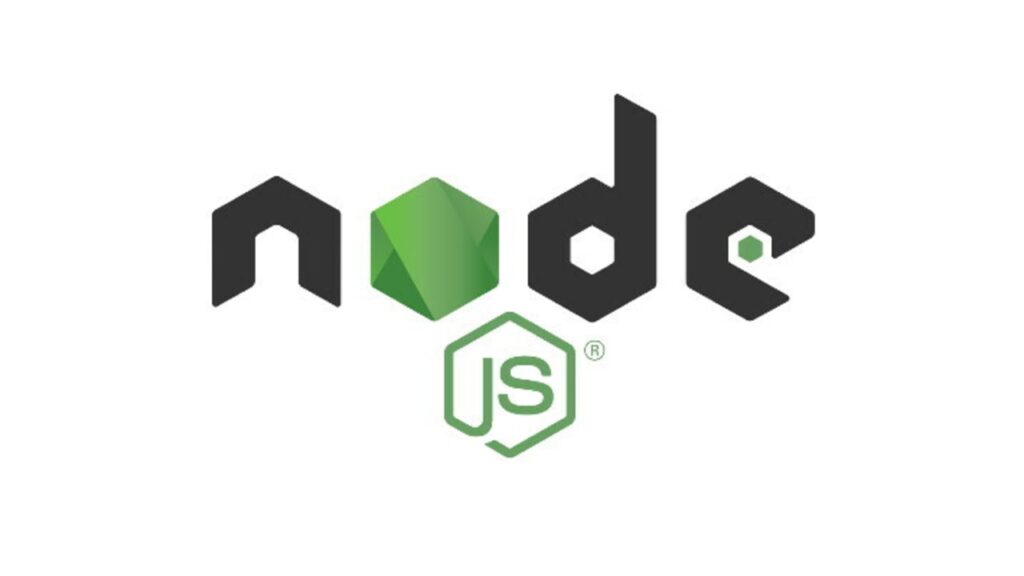
JavaScript is a lightweight, object-oriented scripting language that is used to produce dynamic HTML pages with captivating effects. While JavaScript programming, which runs in the V8 engine or through the node interpreter, has access to a list of objects and methods through the use of Node.js.
Startups are always willing to experiment with new technologies, so every novel technology initially picks up steam and garners attention. However, it is clear that large, well-established companies are switching from years of legacy systems to Node.js. Every few months, a new “game-changing” technology enters the IT market, but they quickly become obsolete, according to developers. This is not the case with Node.js. This is unusual, so let’s examine how Node.js functions and the benefits of implementing this cutting-edge technology in businesses to gain a better understanding.
What Is Node.js?
The simplest way to define Node.js is as a runtime environment for JavaScript that aids in the implementation of JavaScript programming on the server side. It is a precise, cross-platform, open-source JavaScript that facilitates the creation of real-time network applications.
Numerous modules are included with Node.js, which is primarily used for web-based development. It allows for event-driven, non-blocking (asynchronous), and scalable I/O for server-side JavaScript applications. It can run on different operating systems, including Windows, Mac OS, and Linux.
Node.js can be used to create a variety of applications, including REST API servers, command-line programs, and real-time chat programs.
Let’s see some beneficial keypoints of Node.js
Simplicity
Most front-end developers are proficient in JavaScript, which is a widely used programming language. They find it much easier to use Node.js in the backend. Node.js is simple to learn and uses less time when used professionally.
With Node.js, it is easy to share a single language between the client and server sides without switching between the front-end and back-end. The deployment and the code are both in the same location. As a result, when compared to apps that use different languages for both ends, those made in Node.js require fewer files and less code. Even better, sharing and reuse of the code speeds up the development process.
This significant help is especially appreciated at this early stage of your product development. For both sides, you can have a full-stack development team to cut down on resource or hourly costs.
More rapid time to market
Time is a valuable resource for businesses of all sizes, including startups. Startups in particular must be persistent in their efforts to iterate quickly, support testing and deployment, and deliver as quickly as possible while working with smaller budgets.
The main benefit of Node.js is that it helps shorten the time to market. With Node, you can quickly move from the project’s conceptual stage to its finished product. Additionally, simple deployments help you get immediate feedback directly from the production environment.
This scenario is conceivable because the technology is reasonably portable and can significantly shorten the time required to develop an app while maintaining the same features and functionalities.
Large-scale Solutions
Scalability is one of Node’s benefits for both business and development that intend to develop over time. It is used to create compact, quick solutions with improved real-time response that can be scaled up further and allow the addition of new modules to the existing ones.
Load balancing and the ability to handle a large number of concurrent connections enable Node to scale. Additionally, Node’s applications support both vertical and horizontal project scaling.
Because Node.js is explicitly designed for microservices architecture, it is advantageous when creating projects that will grow and scale in the future. Additionally, it is possible to create a separate microservice and scale it covertly for any features and functionalities.
Development & Active Community
It is worthwhile to quickly confirm the viability of the product’s concept with less effort, resources, and upfront investments because project timelines are shorter and project budgets are more constrained. By using this scenario, the product’s viability can be confirmed before investing time and money in its full development. Node.js makes it possible to quickly create an MVP (Minimum Viable Product), a software solution with just enough features to satisfy the product’s target market. The MVP stage is the first step in the process of developing a complete app.
At the same time it has a sizable and extremely active community of programmers who never stop adding to its growth and improvement.
Developers of JavaScript support the programming teams by providing simpler solutions and codes. It is anticipated that many more programmers will be initiated and supported in the future by today’s programmers.
Performance & Extensions
Through Google’s V8 JavaScript engine, Node.js infers the JavaScript code. The JavaScript code is directly converted by the engine into machine code. The code can be efficiently executed faster and easier in this scenario.
Even faster code execution is achieved with an explicit runtime environment because it supports non-blocking I/O operations.
Another interesting thing about Node.js is it’s highly extensible. Because Node.js is so extensible, you can easily adapt it to your needs and add new features. Additionally, it is equipped with built-in APIs for creating HTTP, TCP, and DNS servers. JSON can even be used to provide a means of information exchange between a web server and its users.
Future Prospects for Node.js
Node JS appears to be a significant trend that will continue to grow in 2022. It offers some undeniable benefits that make it the preferred option for developers.
Node JS technology in the front-end industry appears to have a bright future because, at least for the time being, it appears that no front-end upgrade is possible without Node.js.
Node.js encourages users to create everything from microservices to enable the delivery of multipurpose applications. Additionally, it helps synchronize non-web frameworks so they can use serverless structures.
Tags: JavaScript, node.js